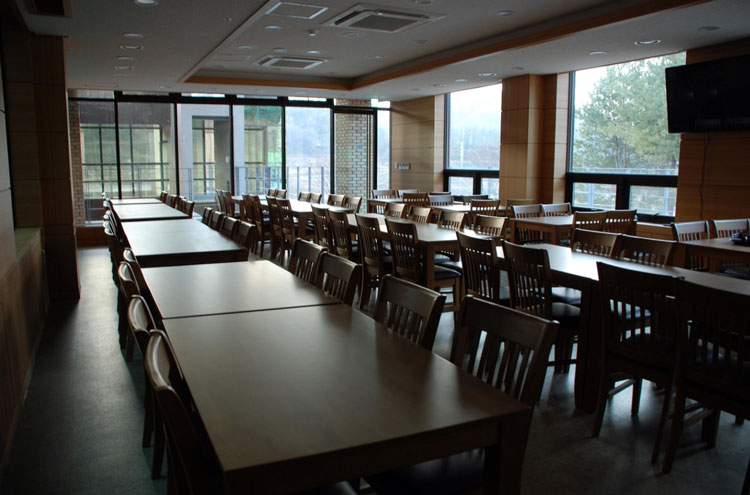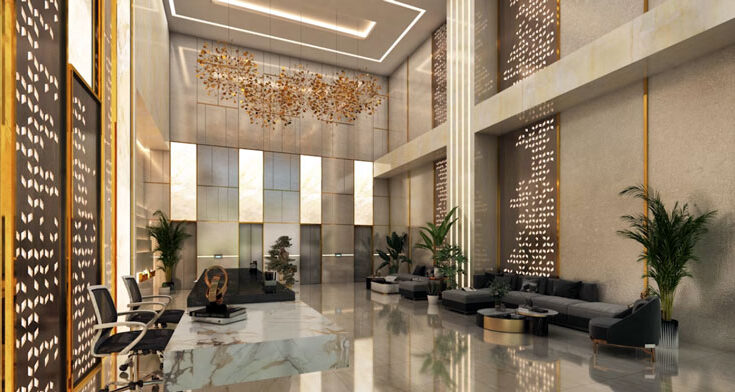Commercial spaces, whether they are office buildings, retail stores, or warehouses, rely heavily on technology to ensure smooth operation and effective management. The efficiency of these environments is critical for business performance and for the comfort and safety of employees and customers. As such, technology plays a vital role in the day-to-day activities within these spaces, enhancing operational capability while simplifying complex processes.
The Role of Elevators
In the context of high-rise buildings, elevators are indispensable. They facilitate the movement of people and goods between various floors, significantly reducing wait times and enhancing accessibility. Buildings often implement advanced elevator systems that integrate smart controls, which optimize travel routes and reduce energy consumption.
These systems can self-diagnose issues, thus minimizing downtime and maintenance costs. Many commercial offices need elevator services to keep their operations running smoothly, as the demand for efficiency continues to grow. The technology behind modern elevators goes beyond just moving people. Advanced software allows for the integration of real-time data, enabling the prediction of peak usage times. This predictive analysis assists in optimizing elevator performance.
Smart elevators can interact with building management systems, allowing for seamless communication across various operational aspects such as lighting and air conditioning. When an elevator is in use, it can communicate with the building’s HVAC system to adjust the air quality in the elevators during high usage times. This enhances the experience for users and contributes to energy savings, an important goal for many commercial operations.
Elevators equipped with touchless controls and voice command systems are becoming increasingly popular, promoting hygiene and accessibility. These innovations are particularly valuable in healthcare and hospitality environments where efficiency and safety are priorities.
Elevators play a key role in emergency response planning, ensuring rapid evacuation and accessibility for emergency personnel. As sustainability becomes a key focus in architecture, modern elevator systems are being designed to consume less power and operate more efficiently.
Smart Building Technology
The rise of smart building technology has transformed how commercial spaces are managed and maintained. These systems utilize an array of sensors and connectivity to monitor various aspects of building operations, including lighting, temperature, security, and maintenance needs. One primary benefit of smart building technology is energy efficiency.
Owners may minimize waste and save a lot of money by adjusting power consumption based on actual usage through the use of real-time data analytics. Smart systems contribute to improved security and safety. Integrated surveillance cameras, access controls, and alarms work in tandem to ensure that buildings are secure. These technologies often come with features such as facial recognition and remote access, allowing for enhanced security protocols that are important in the modern environment. One impactful element of smart buildings involves the learning capabilities of these systems.
They learn the preferences of users, which allows for personalized experiences in spaces like office environments. Temperature and lighting can be adjusted according to the preferences of employees in decorative office settings, fostering a more productive atmosphere. The tech integration creates a streamlined approach to managing and operating commercial facilities efficiently.
Improved Communication through Technology
Effective communication is paramount in commercial spaces. Technology provides a range of tools that facilitate streamlined communication, both among employees and with clients. Integrating unified communication systems, such as VoIP, instant messaging, and video conferencing, ensures that employees can engage effectively, regardless of their location. These tools encourage collaboration and increase productivity, which is particularly important in large office environments with numerous departments.
Mobile applications are increasingly acting as channels for communication in commercial settings. Employees can use these apps for work updates, reservation systems for conference rooms, or even for reporting maintenance issues efficiently. These platforms enhance efficiency and provide flexibility, enabling staff to communicate seamlessly from anywhere within the building or beyond.
Communication technology improves customer service and engagement. Businesses are employing chatbots for instant responses on their websites, enhancing the customer support experience. In retail spaces, digital screens may display real-time inventory availability, creating a more engaged shopping experience.
The Impact of IoT on Operational Management
The Internet of Things (IoT) plays a prominent role in modern commercial spaces, providing owners with valuable insights into building operations. IoT devices can collect data related to energy consumption, occupation levels, and equipment performance. This information allows facility managers to make data-driven decisions, improving operational efficiency.
Smart lighting systems can adjust automatically based on the occupancy levels detected by sensors. In warehouse settings, IoT-enabled inventory management systems can track stock in real time and predict when to reorder supplies, reducing unnecessary costs associated with overstocking or stockouts. The automation brought by IoT enhances efficiency and elevates the quality of service offered to clients.
IoT implementations in commercial spaces often lead to streamlined maintenance processes. Predictive maintenance powered by IoT devices can signal when machinery or equipment requires servicing, reducing the chances of unexpected breakdowns. As a result, businesses can allocate their resources more effectively, ultimately leading to increased productivity.

Sustainability in Commercial Operations
As environmental concerns grow, commercial spaces are increasingly leveraging technology to promote sustainability. Advanced systems can monitor and manage energy consumption throughout the building, allowing for immediate adjustments that lower the carbon footprint.
Smart thermostats can learn occupancy patterns to optimize heating and cooling, achieving efficiency without compromising comfort. Sustainable technology is integrated into the design and operations of commercial buildings. Innovations such as green roofs and solar energy panels are becoming standard, aligning with the increasing demand for environmentally friendly constructions.
These systems help in reducing energy usage and contribute to a positive public image. Beyond energy and resources, the emphasis on sustainability extends to materials used within commercial spaces. Many businesses are opting for eco-friendly products and solutions, from construction materials to office supplies, enhancing the environmental impact of their operations.
A well-implemented technological approach enhances functionality and drives a company’s reputation for sustainability, which is increasingly appearing as a critical aspect in decision-making for today’s consumers.
Through the diverse array of technologies employed today, commercial spaces can operate more efficiently, securely, and sustainably. Technologies like advanced elevators, smart building systems, IoT devices, and communication tools empower companies to meet current demands while preparing for the future. As businesses evolve with technological advancements, the importance of these systems in maintaining smooth operations will only continue to escalate.








